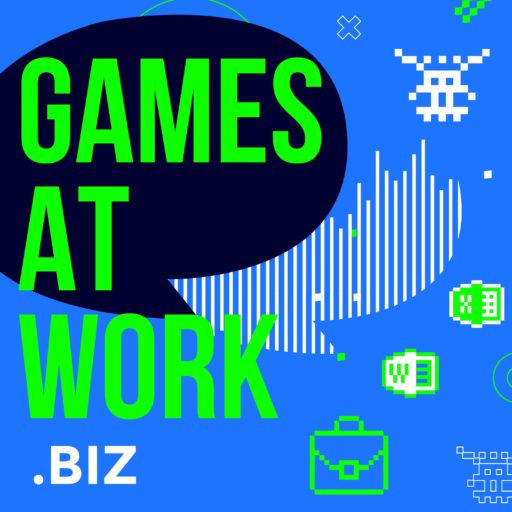
Published 3 March 2025
e503 with Andy, Michael and Michael – stories and discussion on the #DeadInternet, #AI, #recipes, #crowdsourcing #VR, #VirtualWorldsMuseum, #watches such as the #Pixel3, #CasioRingWatch and much more.
Andy, Michael and Michael get things started off with a couple of detailed articles on the state of AI. They focus first on a post outlining on how historical records could be changed, using the example of PhysicsForums where backdated posts have appeared. This leads to a conversation on human creativity and community, with examples from music and film. A Techdirt article continues on this theme, featuring the technique dubbed SNARF, an acronym for “stakes, novelty, anger, retention and fear” used in the attention economy. After these deep discussions, the team turns to Ed Ross’ AI created game called “Solterra Guardians” as a practical example of what can be done with AI at speed, which harkens back to episode 458 detailing an example of an AI that creates a full fledged websites from a prompt.
In the AR and VR space, Andy, Michael and Michael touch on Niantic’s Into the Scaniverse app for the Meta Quest 3 and 3S VR headsets. Content for this can be created by people with the Scaniverse app to record their experiences. Curation and recording of the multitude of metaverse experiences is the goal of the Virtual Worlds Museum – a kickstarter aiming to reach it’s funding goal in March 2025. This reminds the team of the OpenSimulator project for flexibility for navigation and portability between virtual worlds.
Wrapping things up for this episode, the co-hosts consider a pair of timekeeping devices. The Pixel Watch 3 has a has a feature called “Loss of Pulse Detection”, which can reach out to emergency services on behalf of the wearer. The Casio Ring Watch is exactly what it sounds like, a Casio watch that is shrunk down to a ring form factor.
Would you want to wear a Casio Databank Ring Watch? Have your bots 🤖 drop our bots 🤖 a line at @gamesatwork_biz (our home for now) and let us know!
These show notes were lovingly hand crafted by a real human, and not by a bot. All rights reserved. That’s our story and we’re sticking to it.
Selected Links
AI
Hall of Dreams post: PhysicsForums and the Dead Internet Theory
Wikipedia article: Dead Internet Theory
Everyone is wasting all this money betting huge amounts on “AI” (aka large statistics models, really clever parrots) when they should be investing in the human communities around their product, which are the source of… everything. 🧠
Internet Archives Blog: Learning from Cyberattacks
NBC News article: 1,000 musicians release a silent album in protest of U.K.’s proposed AI copyright law changes
IMDb: Wag the Dog plot summary
Techdirt article: Buzzfeed CEO Aims To Solve AI Slop Problem With More AI Slop
Wikipedia article: Snarf (from Thundercats)
@gamesatwork_biz
Here's a game I made with AI (specifically ChatGPT) over the last few weeks https://edaross.codeberg.page/
(it'll work on mobile if you have a keyboard connected, otherwise a standard computer is needed).
Games at Work e458: Generative Podcast for AI software engineering to code websites by itself
Cooking with Apple News
The Verge article: Apple’s News app is getting a recipes section
AR / VR
Niantic Labs post: Explore the World Up Close in Vivid 3D – Step Into the Scaniverse on Meta Quest
Kickstarter: Virtual Worlds Museum
Which Watch is Which?
Ars Technica article: Pixel Watch 3 gets FDA approval to alert you if you’re dying
The Verge article: The Casio Ring Watch is extremely silly, and that’s why I love it
Podcast: Play in new window | Download (Duration: 32:18 — 45.0MB) | Embed
Subscribe: Apple Podcasts | Spotify | Amazon Music | Android | Podcast Index | Youtube Music | RSS | More



